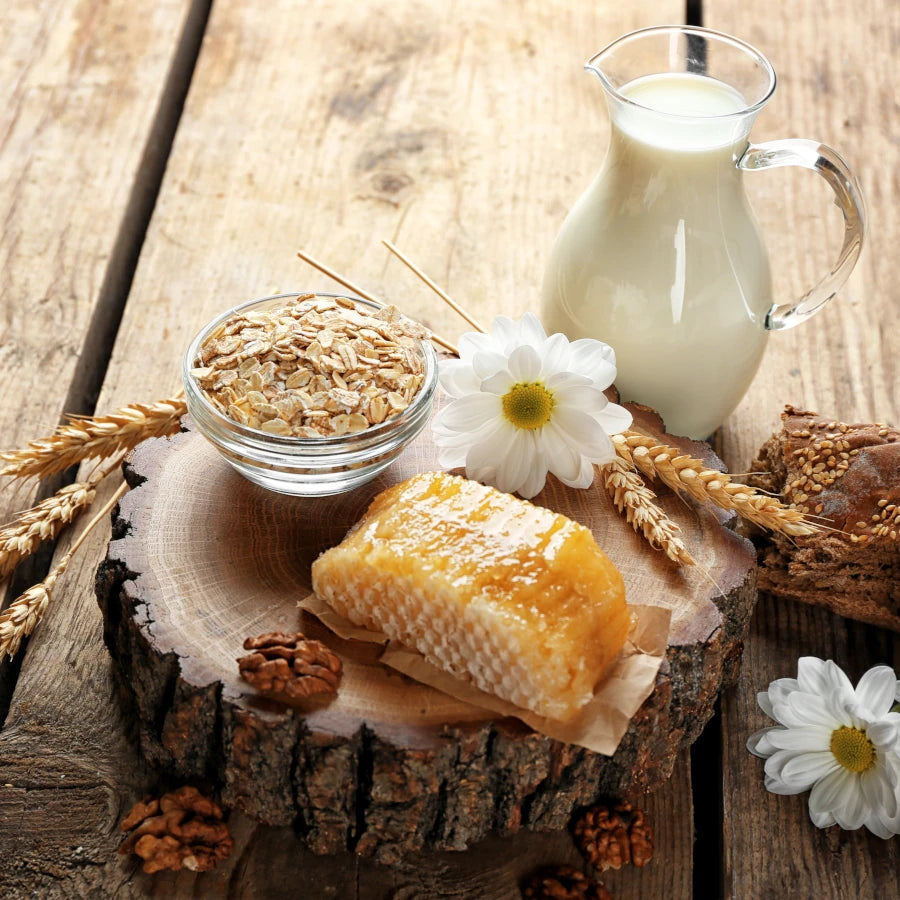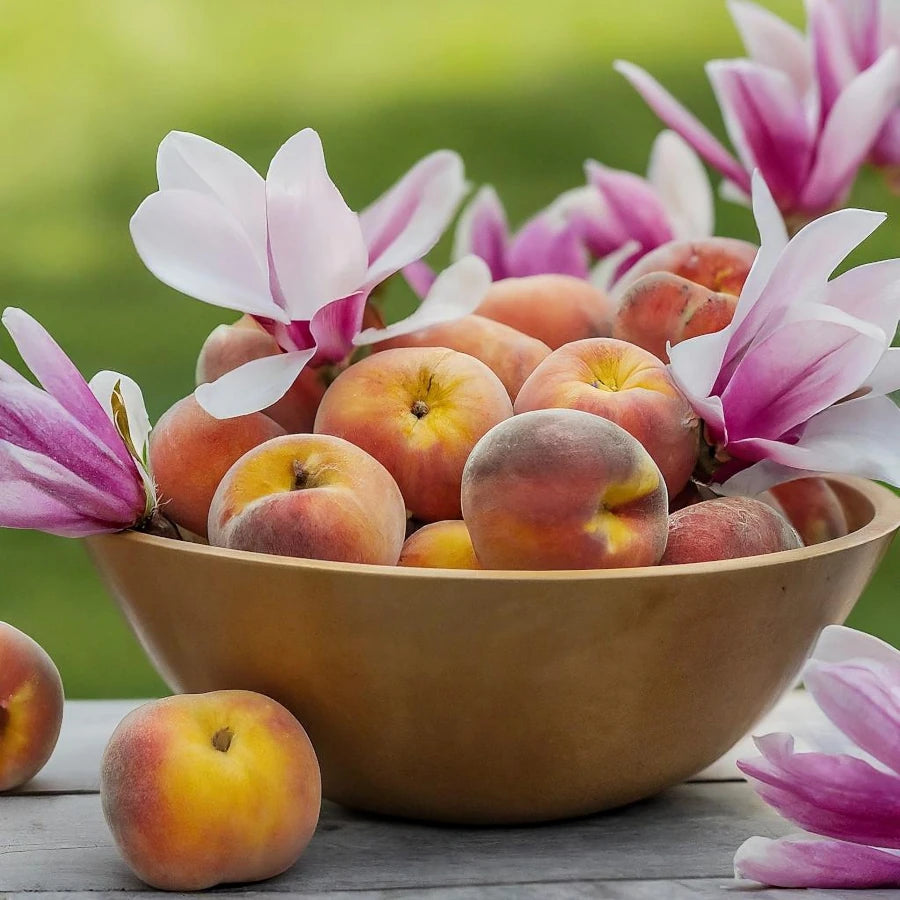Understanding how to read an IFRA Statement isn’t just for big manufacturers or regulatory nerds - it's essential knowledge for anyone making products with fragrance oils. Whether you're crafting candles, soaps, lotions, diffusers, or beard oils, learning to interpret an IFRA Certificate helps you stay compliant, protect your customers, and make smarter decisions in your formulations.
In this guide, we'll break down how to read an IFRA Statement step-by-step, explain what the categories mean, and show you how to apply that information to your product making. Don’t worry - it’s easier than it sounds!
What Is an IFRA Statement?
The International Fragrance Association (IFRA) sets safety standards for fragrance use across a wide range of applications, including personal care, home fragrance, and cosmetics. An IFRA Statement, also called an IFRA Certificate, is a document that outlines the maximum safe concentration of a particular fragrance oil for each product category.
These standards are based on toxicological research and reviewed by the Research Institute for Fragrance Materials (RIFM). IFRA helps ensure that the fragrances we love don’t pose risks when used as intended.
You can learn more about IFRA directly on their website: https://ifrafragrance.org
Why IFRA Compliance Matters
- It protects the health and safety of your customers.
- It ensures you're legally compliant with international regulations.
- It helps you avoid allergic reactions or sensitization issues in leave-on or rinse-off products.
- Many marketplaces and wholesale buyers require IFRA compliance for liability protection.
Even if you’re “just” a hobbyist or small-batch maker, using IFRA guidelines shows professionalism and builds trusts with your customers.
How to Read an IFRA Certificate
Let’s walk through a real example using a certificate for the fragrance Dark Berry Drift from Scented Flame Candle Supply. Here’s what you’ll typically find:
1. Fragrance Name and Supplier Info
Right at the top, you’ll see the name of the fragrance (in this case, “Dark Berry Drift”) and the supplier’s contact details. This helps track the certificate back to the correct fragrance oil.
2. The Date Prepared
This is the date the certificate was created or last updated. Regulations can change, so you always want to make sure you're working from the most current version.
3. IFRA Categories and Usage Limits
The main section of the certificate includes a list of numbered categories, each with a corresponding maximum usage level - that’s the highest percentage of the fragrance you can safely use in that product type.
Here's how to understand the categories:
|
Category |
Product Example |
Max Usage for Dark Berry Drift |
|
4 |
Perfume, fine fragrance |
10% |
|
5A/B |
Body lotion, body cream, beard oils |
2.6% |
|
9 |
Bar soap, liquid soap |
20% |
|
10A |
Reed diffusers |
26% |
|
12 |
Candles, incense |
100% |
If you're making lotion or beard oil, for instance, you'd refer to Category 5A or 5B. For soaps, you'd check Category 9. For candles, Category 12 is your guide - and this is usually where you see the highest allowable percentage.
Applying IFRA to Your Formulations
Now let’s talk about how to actually use this information.
Step 1: Identify Your Product Type
Ask yourself: is your product a rinse-off, leave-on, or ambient product?
- Candle? Go to Category 12.
- Lotion or beard oil? Category 5A or 5B.
- Soap? That’s Category 9.
- Reed Diffusers? Look at 10A.
Step 2: Check the Max Usage Rate
Find the percentage allowed in the category. For example, if you're making beard oil and the IFRA limit is 2.6%, then you must ensure that the final formulation includes no more than 2.6% of that fragrance.
Step 3: Do the Math
Let’s say you’re making 100g of product and your fragrance oil is safe up to 2.6%. Multiply:
100g x 2.6% = 2.6g of fragrance oil
That's the max you can safely use in that batch.
What IFRA Does NOT Tell You
- It doesn’t guarantee performance – Just because you can use up to 2.6% doesn’t mean that’s what you should use. Always test for scent strength and product stability.
- It doesn’t mean a fragrance is natural or organic – IFRA compliance is about safety, not source.
- It’s not the same as a Safety Data Sheet (SDS) – You’ll need both for full documentation.
Tips for Staying Safe and Compliant
- Always review the latest IFRA Certificate before using a new fragrance.
- Use a scale to measure fragrance by weight, not volume.
- Keep copies of your certificates for every fragrance in your line.
-
Label your products clearly, especially if they are leave-on or skin-contact formulas.
Where to Find IFRA Certificates
Most reputable suppliers provide IFRA Statements right on the product page. For example, at Scented Flame Candle Supply, every fragrance oil includes a downloadable IFRA Certificate so you can quickly check the safe usage limits before you start pouring.
Final Thoughts: Making Safe Products Starts Here
The IFRA Statement isn’t just a formality - it’s your roadmap to creating safe, compliant, and high-quality products that customers can trust.
Once you get comfortable reading these documents, they’ll become a regular part of your product development process. Whether you're launching a line of beard oils, blending bath bombs, or crafting candles, using IFRA Statements the right way gives you a professional edge - and peace of mind.



